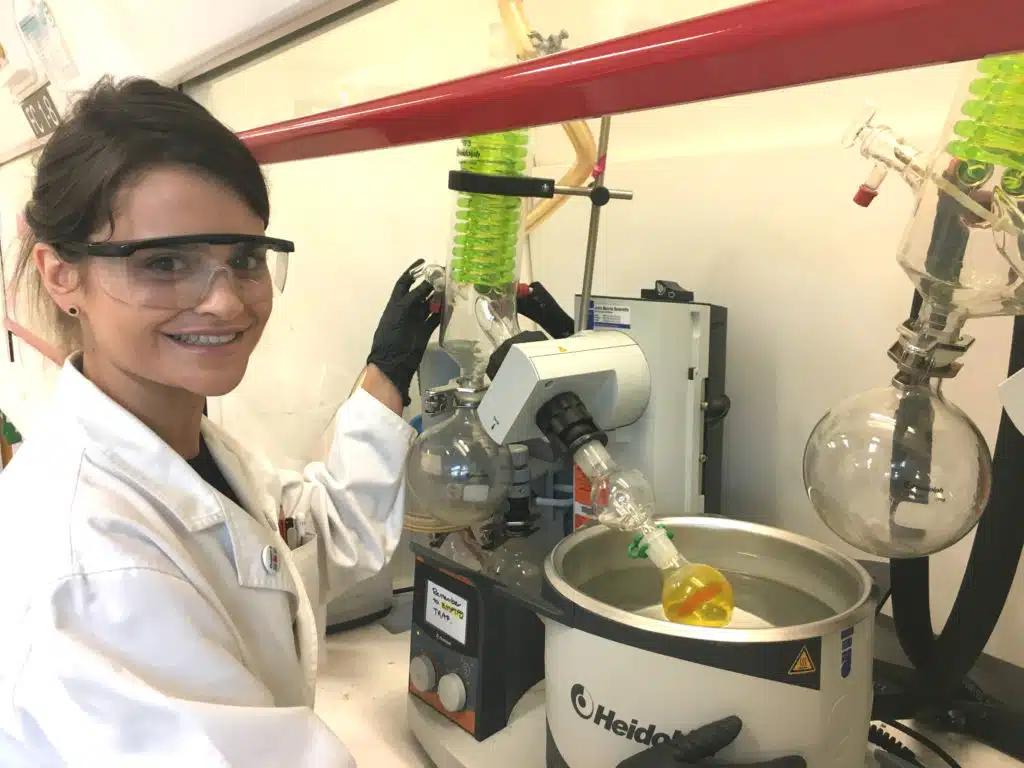A new anti-cancer drug that could be switched ‘on’ and ‘off’ inside the body has been developed by researchers at the University of Adelaide.
“The drug can switch between a toxic ‘on’ state and a non-toxic ‘off’ state, and this switching is controlled externally using light,” says researcher Kathryn Palasis.
Using a switchable drug has the potential to minimise the severe side effects often experienced by chemotherapy patients during treatment, including hair loss and anaemia.
“Our goal is to administer the drug in its ‘off’ state and then only turn it ‘on’ in the tumour area,” says Kathryn. “This means healthy cells won’t be exposed to the toxic ‘on’ state of the drug which should help to reduce side effects.”
The best compound tested in the study displayed similar toxicity in its ‘on’ state to the clinically-used drug it is based on, but in its ‘off’ state was shown to be non-toxic to healthy cells.
The drug has so far only been tested against cells in the lab, but the researchers hope switchable drugs could one day be used in the clinic.
“We think this has the potential to really improve the quality of life for long-suffering chemotherapy patients,” says Kathryn.
Contact: Kathryn Palasis, University of Adelaide, kathryn.palasis@adelaide.edu.au
Banner image: Kathryn Palasis synthesising the anti-cancer drug in the lab. (Credit: University of Adelaide)







 Fresh Science is on hold for 2022. We will be back in 2023.
Fresh Science is on hold for 2022. We will be back in 2023.